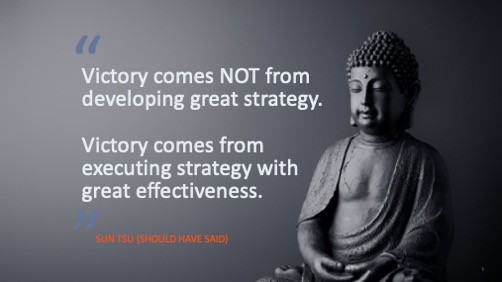Leverage OKRs to Achieve Breakthrough Portfolio and Investment Performance – Part 4
In previous installments of this series, jointly produced by Adaptivity and WorkBoard, we discussed high-level strategy realization processes and how implementing them with OKRs can dramatically increase success. The last installment introduced high-level portfolio management structures and processes. In this, the fourth installment, we’ll discuss some foundational practices and principles for achieving high-performance adaptive portfolio…












